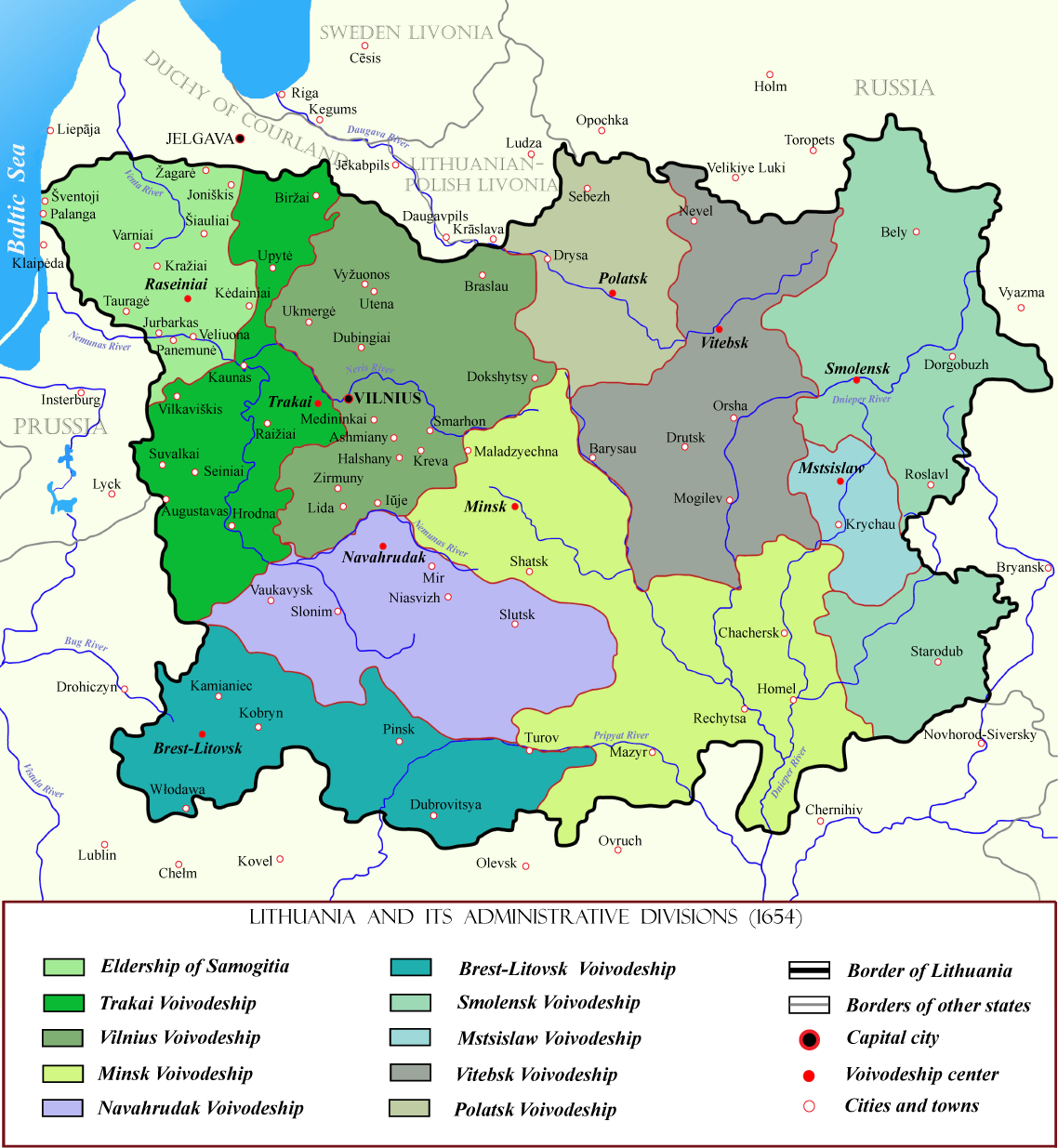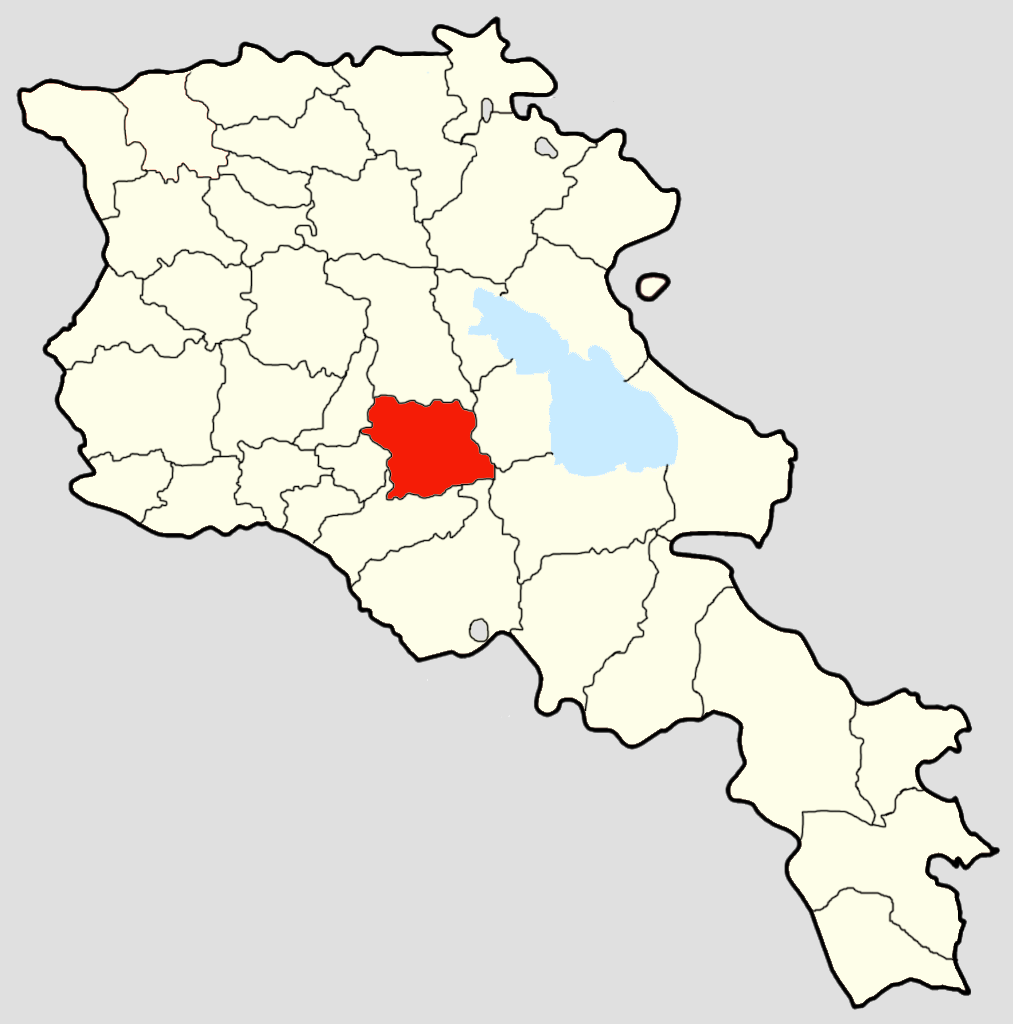|
Raion
A raion (also spelt rayon) is a type of administrative unit of several post-Soviet states. The term is used for both a type of subnational entity and a division of a city. The word is from the French (meaning 'honeycomb, department'), and is commonly translated as "district" in English. A raion is a standardized administrative entity across most of the former Soviet Union and is usually a subdivision two steps below the national level, such as a subdivision of an oblast. However, in smaller USSR republics, it could be the primary level of administrative division. After the fall of the Soviet Union, some of the republics kept the ''raion'' (e.g. Azerbaijan, Belarus, Ukraine, Russia, Moldova, Kazakhstan, Kyrgyzstan) while others dropped it (e.g. Georgia, Uzbekistan, Estonia, Lithuania, Latvia, Armenia, Tajikistan, Turkmenistan). In Bulgaria, it refers to an internal administrative subdivision of a city not related to the administrative division of the country as a whole, or, i ... [...More Info...] [...Related Items...] OR: [Wikipedia] [Google] [Baidu] |
Administrative Divisions Of Ukraine
The administrative divisions of Ukraine ( Ukrainian: Адміністрати́вний у́стрій Украї́ни, tr. ''Administratyvnyi ustrii Ukrainy'') are subnational administrative divisions within the geographical area of Ukraine under the jurisdiction of the Ukrainian Constitution. Ukraine is a unitary state with three levels of administrative divisions: 27 regions (24 oblasts, two cities with special status and one autonomous republic), 136 raions and 1469 hromadas. The first tier consists of 27 subdivisions, of which there are 24 oblasts, one autonomous republic (Crimea) and two cities with special status ( Kyiv and Sevastopol). The second tier includes 136 raions. Ukraine directly inherited its administrative divisions from the local republican administration of the Soviet Union, the Ukrainian Soviet Socialist Republic, and the overall structure did not change significantly from the middle of the 20th century until reforms of July 2020; it was somew ... [...More Info...] [...Related Items...] OR: [Wikipedia] [Google] [Baidu] |
Administrative Divisions Of Georgia (country)
The subdivisions of Georgia are autonomous republics ( ka, ავტონომიური რესპუბლიკა, ''avtonomiuri respublika''), regions (მხარე, '' mkhare''), and municipalities (მუნიციპალიტეტი, ''munits'ipaliteti''). Georgia is a unitary state, whose borders are defined by the law as corresponding to the situation of 21 December 1991. It includes two autonomous republics ( ka, ავტონომიური რესპუბლიკა, ''avtonomiuri respublika''), those of Adjara and Abkhazia, the latter being outside Georgia's effective control. The former Soviet-era autonomous entity of South Ossetia is also not currently under Georgia's '' de facto'' jurisdiction, and has no final defined constitutional status in Georgia's territorial arrangement. The territory of Georgia is currently subdivided into a total of 69 municipalities of which 5 are self-governing cities (ქალაქი, ''k'alak'i'') ... [...More Info...] [...Related Items...] OR: [Wikipedia] [Google] [Baidu] |
Oblast
An oblast (; ; Cyrillic (in most languages, including Russian and Ukrainian): , Bulgarian: ) is a type of administrative division of Belarus, Bulgaria, Kazakhstan, Kyrgyzstan, Russia, and Ukraine, as well as the Soviet Union and the Kingdom of Yugoslavia. Official terms in successor states of the Soviet Union differ, but some still use a cognate of the Russian term, e.g., ''vobłasć'' (''voblasts'', ''voblasts'', official orthography: , Taraškievica: , ) is used for regions of Belarus, ' (plural: ') for regions of Kazakhstan, and ''oblusu'' (') for regions of Kyrgyzstan. The term is often translated as "area", " zone", "province" or "region". The last translation may lead to confusion, because " raion" may be used for other kinds of administrative division, which may be translated as "region", "district" or "county" depending on the context. Unlike "province", translations as "area", "zone", and "region" may lead to confusion because they have very common meanings ... [...More Info...] [...Related Items...] OR: [Wikipedia] [Google] [Baidu] |
Administrative Divisions Of Lithuania
This article is about the administrative divisions of Lithuania. Grand Duchy of Lithuania (1251–1569) In the earliest stages of the formation of the Lithuanian state, the area included several "lands" (Lithuanian: plural – ', singular – '), such as Nalšia Nalšia or Nalšėnai (sometimes Nalsen, Nalse) was an ancient land (regional duchy, a subject of Polatsk) in the early stages of the Grand Duchy of Lithuania. It is mentioned in written sources from 1229 to 1298. The references to it cease as it w ..., Deltuva and Duchy of Lithuania, Lietuva (as well as others), each ruled by a regional duke. When King Mindaugas () unified the state, he killed, expelled, or subjugated most of the regional dukes. The lands were either added to the new ruler's domain or granted to members of his family. As the Grand Duchy of Lithuania expanded into Slavic lands, title to the acquired principalities was given to the Grand Duke's offspring or to others of his relatives. For example, Mindau ... [...More Info...] [...Related Items...] OR: [Wikipedia] [Google] [Baidu] |
Administrative Divisions Of Moldova
According to the Moldovan law on territorial administrative organisation, Moldova is divided administratively into the following administrative territorial units: districts ( ro, raioane; ''see also raions''), cities/towns ( ro, orașe) and villages ( ro, sate). The administrative territorial organization of Moldova is made on 2 levels: #villages ( communes), sectors and cities/towns ( municipii) constitute the first level, along with Chișinău municipality, Bălți municipality and Tighina municipality. Two or more villages can form together a commune ( ro, comună). Currently, Moldova is divided into the following first-tier units, which include 32 districts and 3 municipalities, grouped into three regions: Northern Region # Bălți Municipality # Briceni # Dondușeni # Drochia # Edineț # Fălești # Florești # Glodeni # Ocnița # Rîșcani # Sîngerei # Soroca Central Region # Chișinău Municipality # Anenii Noi # Călărași # Criuleni # Dubăsari ... [...More Info...] [...Related Items...] OR: [Wikipedia] [Google] [Baidu] |
Districts Of The Armenian Soviet Socialist Republic
Between 1929 and 1995, the composition of Armenia's administrative subdivisions consisted of up to 37 ''raions'' (districts) and 22 cities. Originally formed from the territory of the tsarist ''uezds'' (counties) between 24 June 1929 and 1930, the districts of the Armenian Soviet Socialist Republic and later the independent Republic of Armenia were combined on 11 April 1995 into ten provinces known as '' marzer,'' in addition to Yerevan which being the capital of the country was granted a special administrative status''.'' Prior to the establishment of the ''raions'', Soviet Armenia consisted of nine ''uezds'', three of which (Dilijan, Meghri, and Lori-Pambak) were formed after the Sovietization of Armenia and the 1921 delineation of the South Caucasian republics' frontiers. Districts Cities The six cities that are bolded had the status of a city council. Notes References {{Reflist Administrative divisions Armenia Armenia Armenia Armenia Armenia (), , gro ... [...More Info...] [...Related Items...] OR: [Wikipedia] [Google] [Baidu] |
District
A district is a type of administrative division that, in some countries, is managed by the local government. Across the world, areas known as "districts" vary greatly in size, spanning regions or county, counties, several municipality, municipalities, subdivisions of municipalities, school district, or political district. By country/region Afghanistan In Afghanistan, a district (Persian language, Persian ps, ولسوالۍ ) is a subdivision of a province. There are almost 400 districts in the country. Australia Electoral districts are used in state elections. Districts were also used in several states as cadastral units for land titles. Some were used as squatting districts. Cadastral divisions of New South Wales, New South Wales had several different types of districts used in the 21st century. Austria In Austria, the word is used with different meanings in three different contexts: * Some of the tasks of the administrative branch of the national and regional governme ... [...More Info...] [...Related Items...] OR: [Wikipedia] [Google] [Baidu] |
Armenian Soviet Socialist Republic
The Armenian Soviet Socialist Republic,; russian: Армянская Советская Социалистическая Республика, translit=Armyanskaya Sovetskaya Sotsialisticheskaya Respublika) also commonly referred to as Soviet Armenia or Armenia, ; rus, Армения, r=Armeniya, p=ɐrˈmʲenʲɪjə) was one of the constituent republics of the Soviet Union in December 1922 located in the South Caucasus region of Eurasia. It was established in December 1920, when the Soviets took over control of the short-lived First Republic of Armenia, and lasted until 1991. Historians sometimes refer to it as the Second Republic of Armenia, following the demise of the First Republic. As part of the Soviet Union, the Armenian SSR transformed from a largely agricultural hinterland to an important industrial production center, while its population almost quadrupled from around 880,000 in 1926 to 3.3 million in 1989 due to natural growth and large-scale influx of Armenian geno ... [...More Info...] [...Related Items...] OR: [Wikipedia] [Google] [Baidu] |
Regions Of Belarus
At the top level of administration, Belarus is divided into six ''oblasts'' (''voblasts'' or provinces). The city of Minsk, has a special status as the capital of Belarus. Minsk is also the capital of Minsk Region. at the website of the Belarus embassy in . At the second level, the regions are divided into ''s'' (districts). The layout and extent of the regions were set in 1960 when Belarus (then the ) ... [...More Info...] [...Related Items...] OR: [Wikipedia] [Google] [Baidu] |
Abkhazia
Abkhazia, ka, აფხაზეთი, tr, , xmf, აბჟუა, abzhua, or ( or ), officially the Republic of Abkhazia, is a partially recognised state in the South Caucasus, recognised by most countries as part of Georgia, which views the region as an autonomous republic.Olga Oliker, Thomas S. Szayna. Faultlines of Conflict in Central Asia and the South Caucasus: Implications for the U.S. Army. Rand Corporation, 2003, .Emmanuel Karagiannis. Energy and Security in the Caucasus. Routledge, 2002. .''The Guardian''Georgia up in arms over Olympic cash/ref> It lies on the eastern coast of the Black Sea, south of the Greater Caucasus mountains in northwestern Georgia. It covers and has a population of around 245,000. Its capital and largest city is Sukhumi. The status of Abkhazia is a central issue of the Georgian–Abkhazian conflict and Georgia–Russia relations. The polity is recognised as a state by Russia, Venezuela, Nicaragua, Nauru, and Syria. While Georgia l ... [...More Info...] [...Related Items...] OR: [Wikipedia] [Google] [Baidu] |
Administrative Division
Administrative division, administrative unit,Article 3(1). country subdivision, administrative region, subnational entity, constituent state, as well as many similar terms, are generic names for geographical areas into which a particular, independent sovereign state (country) is divided. Such a unit usually has an administrative authority with the power to take administrative or policy decisions for its area. Usually, the countries have several levels of administrative divisions. The common names for the principal (largest) administrative divisions are: states (i.e. "subnational states", rather than sovereign states), provinces, lands, oblasts, governorates, cantons, prefectures, counties, regions, departments Department may refer to: * Departmentalization, division of a larger organization into parts with specific responsibility Government and military *Department (administrative division), a geographical and administrative division within a country, ..., and e ... [...More Info...] [...Related Items...] OR: [Wikipedia] [Google] [Baidu] |
Soviet Union
The Soviet Union,. officially the Union of Soviet Socialist Republics. (USSR),. was a List of former transcontinental countries#Since 1700, transcontinental country that spanned much of Eurasia from 1922 to 1991. A flagship communist state, it was nominally a Federation, federal union of Republics of the Soviet Union, fifteen national republics; in practice, both Government of the Soviet Union, its government and Economy of the Soviet Union, its economy were highly Soviet-type economic planning, centralized until its final years. It was a one-party state governed by the Communist Party of the Soviet Union, with the city of Moscow serving as its capital as well as that of its largest and most populous republic: the Russian Soviet Federative Socialist Republic, Russian SFSR. Other major cities included Saint Petersburg, Leningrad (Russian SFSR), Kyiv, Kiev (Ukrainian Soviet Socialist Republic, Ukrainian SSR), Minsk (Byelorussian Soviet Socialist Republic, Byelorussian SSR), Tas ... [...More Info...] [...Related Items...] OR: [Wikipedia] [Google] [Baidu] |




